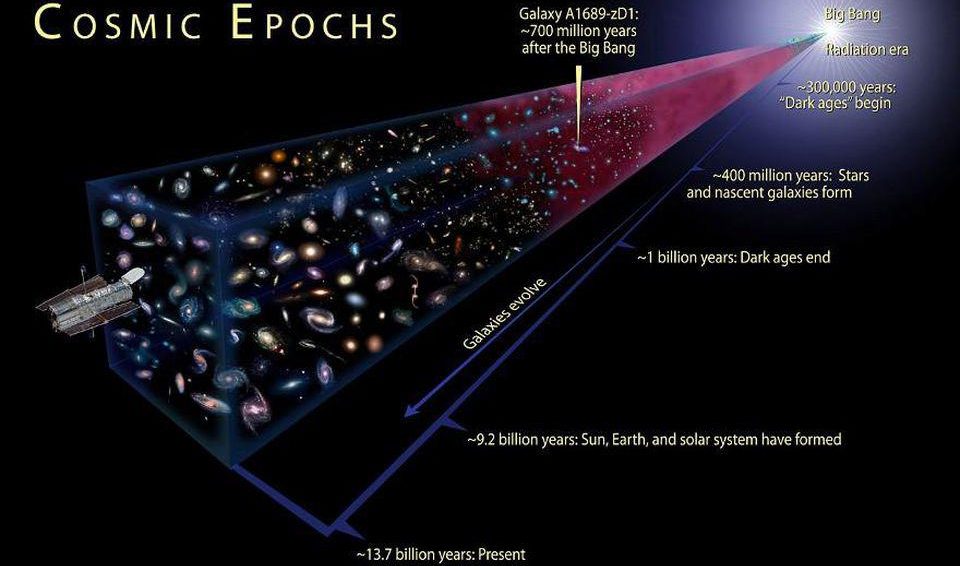Bring Deep Space Home
Govert Schilling’s new book deserves a place in everyone’s life.
“Imagination will often carry us to worlds that never were. But without it we go nowhere.” –Carl Sagan
Imagine the Universe as perhaps a child might: as though you knew nothing about it except for what your senses told you. Perhaps you’d think that the sky changed colors from blue to black between day and night; perhaps you’d think the Earth was flat and stationary, with everything else orbiting it; perhaps you’d think ours was the only rocky world in the Universe, and that the Milky Way was the only galaxy in the sky.
Perhaps you wouldn’t even know what the Sun was.
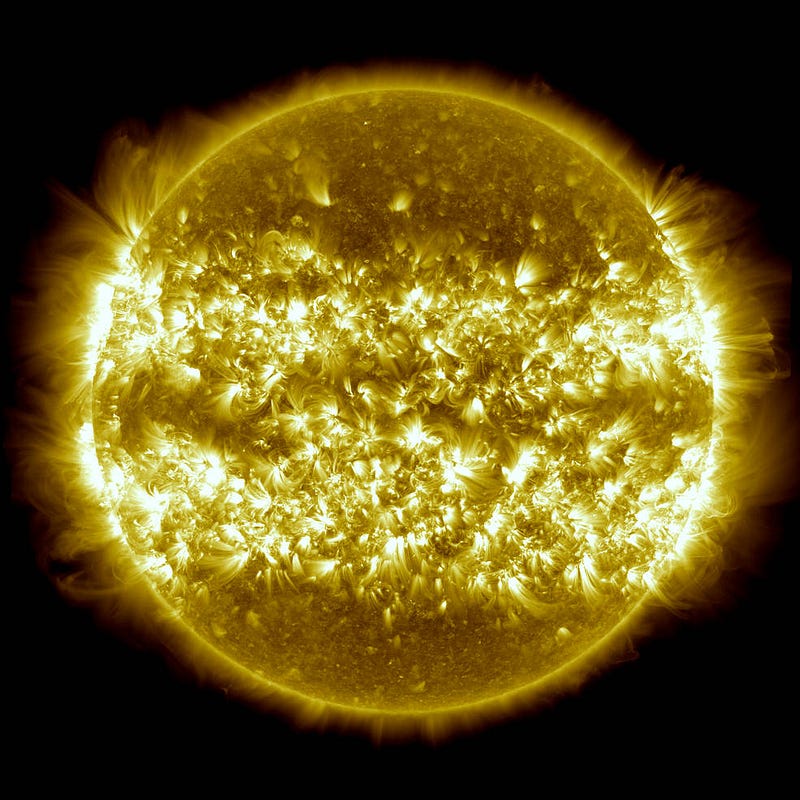
While the story of the Universe might be a story that we told to one another in terms of myths and legends for thousands upon thousands of years, the enterprise of science has given us — for the first time — a verifiably accurate account of what’s in the Universe: stars, planets, nebulae, clusters, galaxies and more.
And along with that, we’ve got a spectacular set of multiwavelength images (and a deep understanding to enable accurate illustrations) of all of these classes of objects.
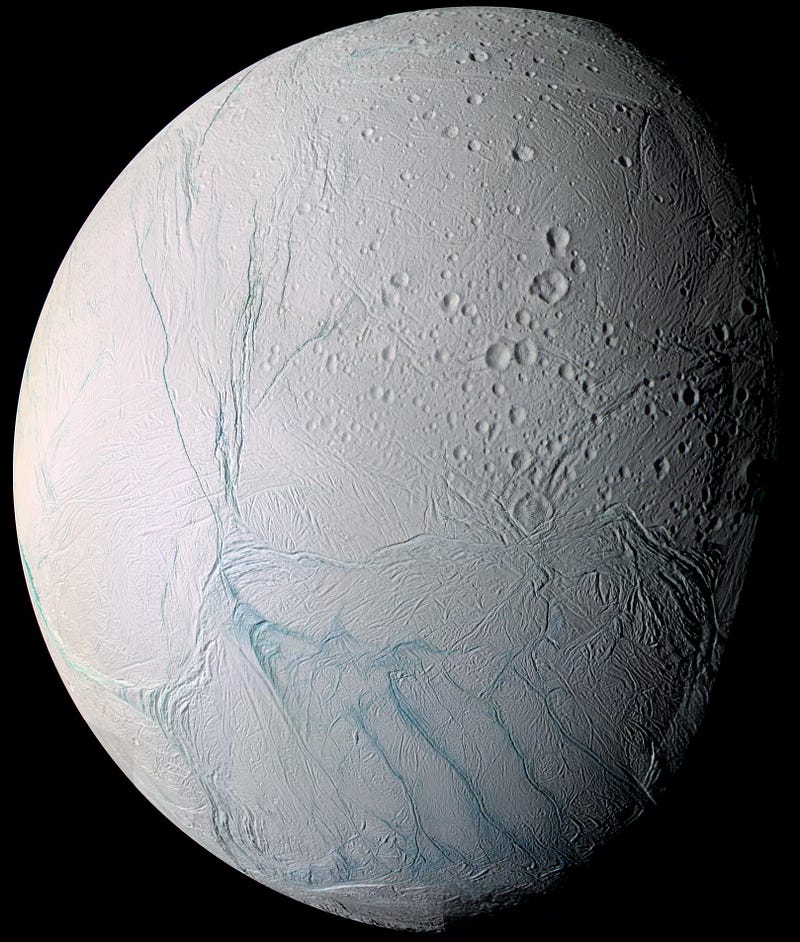
Thankfully, Govert Schilling’s new book, Deep Space: Beyond the Solar System to the End of the Universe and the Beginning of Time, makes all of this accessible in a simple, straightforward, and self-contained fashion.
Take this book an open it to any page — any page at all — and what you’ll find might be something historical, like Galileo’s first sketch of craters on the Moon, identifiable only through a telescope,
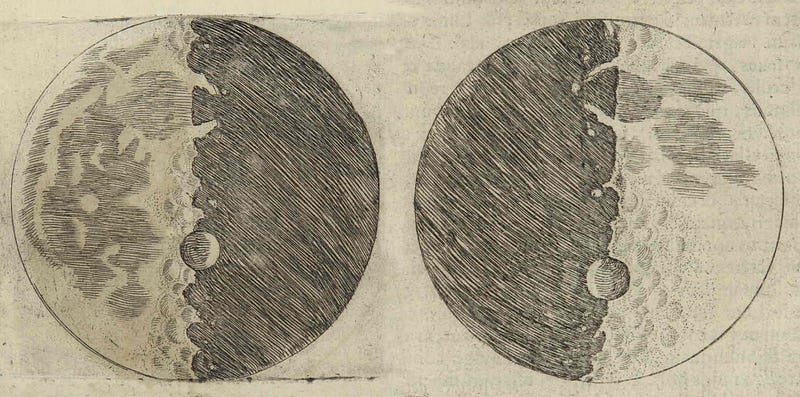
or it might be something far more remote, like a star forming nebula and gas cloud, perhaps shown not even as seen by human eyes, but in wavelengths only visible from space-based observatories, like the infrared view of Rho Ophiuchi, below.
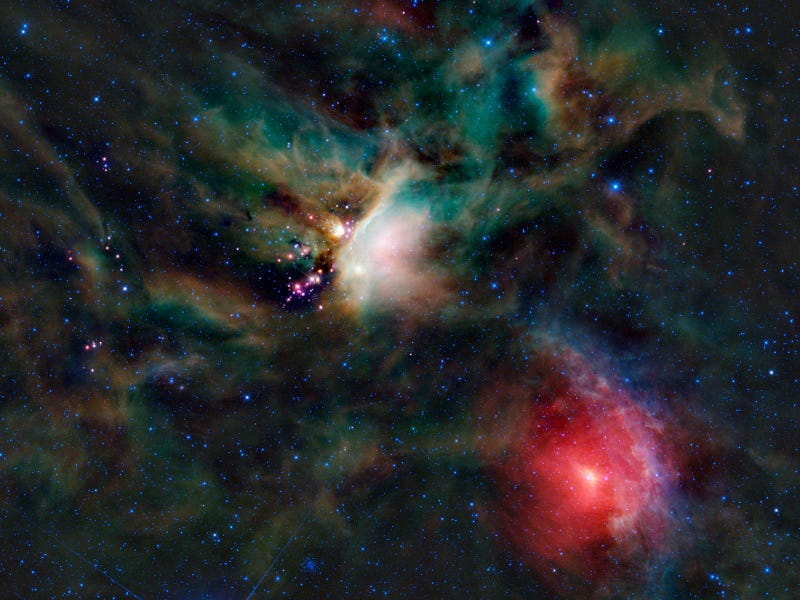
Suitable for a nine-year old with an interest in space all the way up through an adult who wants to catch up on the latest developments, images and understanding of all the various objects in the Universe, this book serves quadruple duty:
- as a fascinating cover-to-cover read for anyone,
- as a refresher on the latest development for all sorts of classes of object,
- as a delightful “open-it-to-any-page” and not only learn something about the Universe but see a beautiful collection of images related to it,
- and as an enticing ornamental piece for any living room, for those of you who love coffee table books.
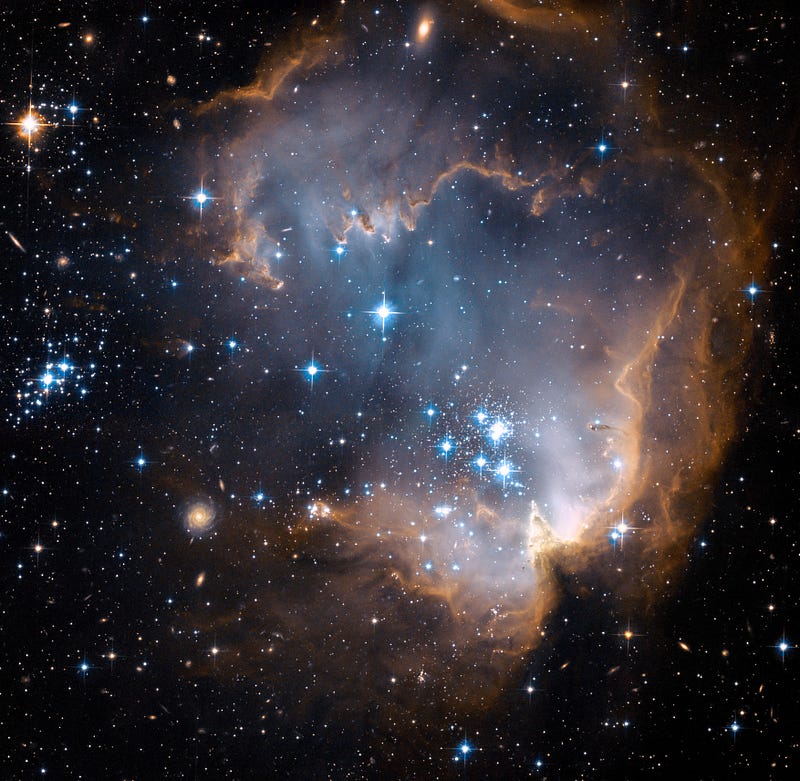
All the different scales are covered as well, from star-forming regions to brand new planets forming around the youngest newborns known to humanity.
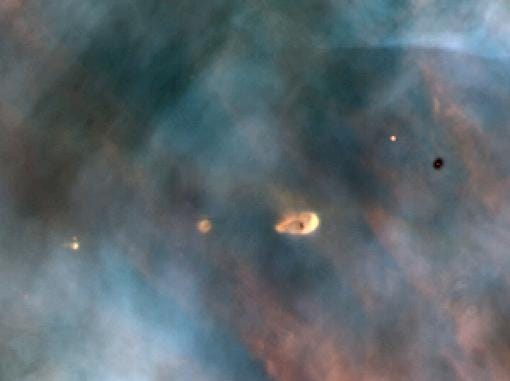
Simultaneously, we’re brought right up to the present day, with stars and planets discovered only in the last few years, thanks to missions like Kepler. In fact, Kepler-47, illustrated below, is featured prominently.
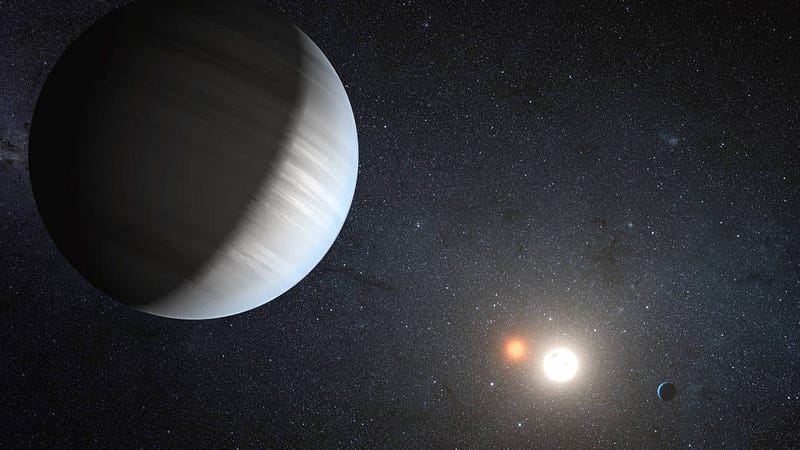
And just as the Universe is full of birth, it’s also full of cosmic death, which leads to rebirth practically all the time. (At least, so far.) A formerly sun-like star known as NGC 6543 has created a planetary nebula with a huge envelope of expelled gas — the Cat’s Eye Nebula — one of the most spectacular nearby stellar remnants.
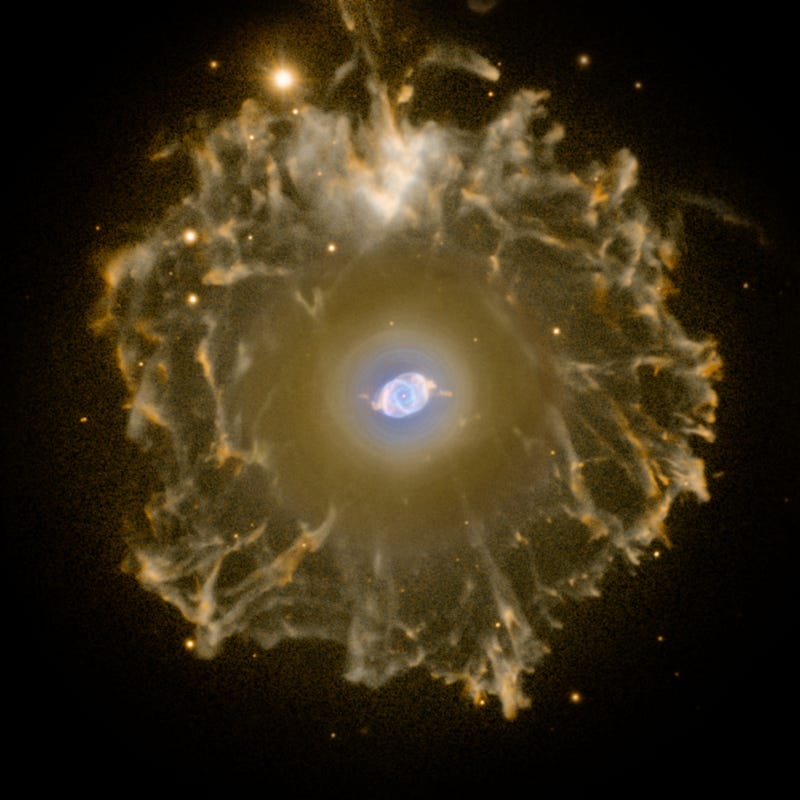
Similarly, the more massive stars will die in a supernova, which the remnant below — of a 17th century supernova in the constellation of Cassiopeia — is shown in a combination of X-ray, infrared and visible light.
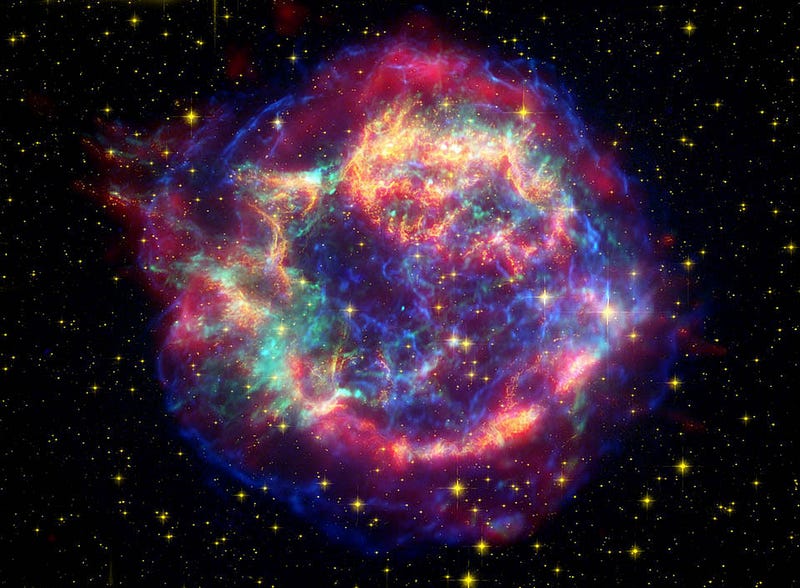
There are also extreme objects, like magnetars — high-energy, fast-spinning neutron stars with magnetic fields trillions of times that of Earth — which may not be able to be imaged directly, but have beautiful illustrations that are as true-to-life as we conceivably know it.
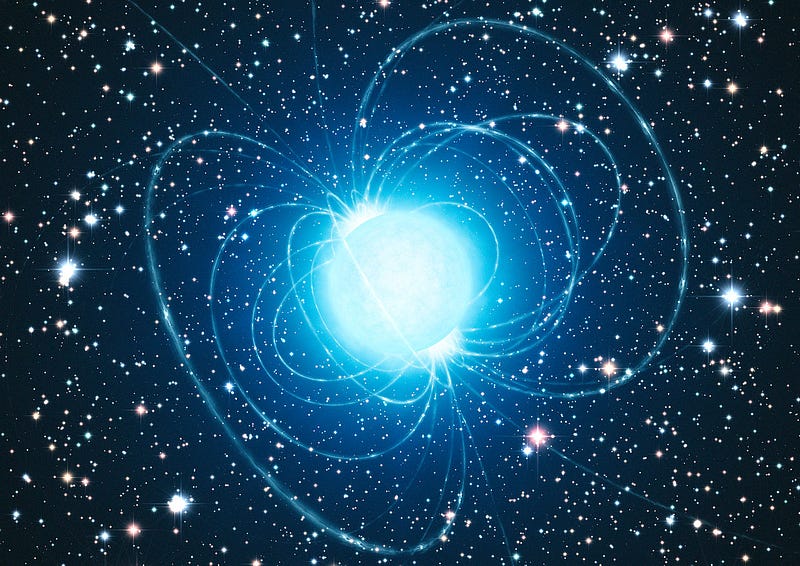
And out in the outskirts of our galaxy, there are globular clusters, some of the oldest collections of stars in the Universe. While they might appear as bee-like swarms of indistinct structure through most telescopes, the Hubble Space Telescope can resolve these clusters into individual stars, even discerning their colors.
All this, despite an incredible density a hundred times that of our stellar neighborhood, and distances of tens of thousands of light years.

And that’s just the start. Everything I’ve shown you from Govert’s book so far is within or on the outskirts of our own galaxy. But below is just another galaxy — the Triangulum galaxy — within our local group.
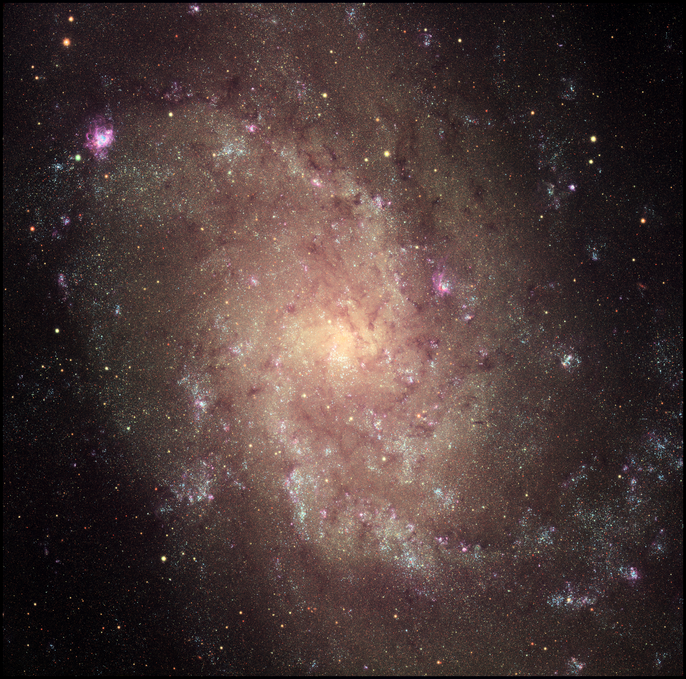
And even beyond that, there’s so much more. If you’re a space lover or you know someone who is, and you want to share with them the joys and wonders of all there is in an easily accessible form, check out Deep Space: Beyond the Solar System to the End of the Universe and the Beginning of Time.
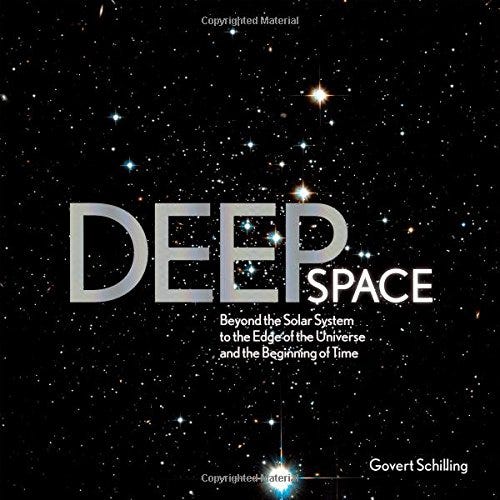
It’s your Universe, too. You’ll not only be bringing home a treasure, you’ll be bringing home the one book out of all the possibilities in the Universe I could have chosen as the grand prize in my Astronomy class for the best paper written by a student. The winner sure is going to be pleasantly surprised this evening, as would anyone who receives this as a gift!
Leave your comments at the Starts With A Bang forum on Scienceblogs.



